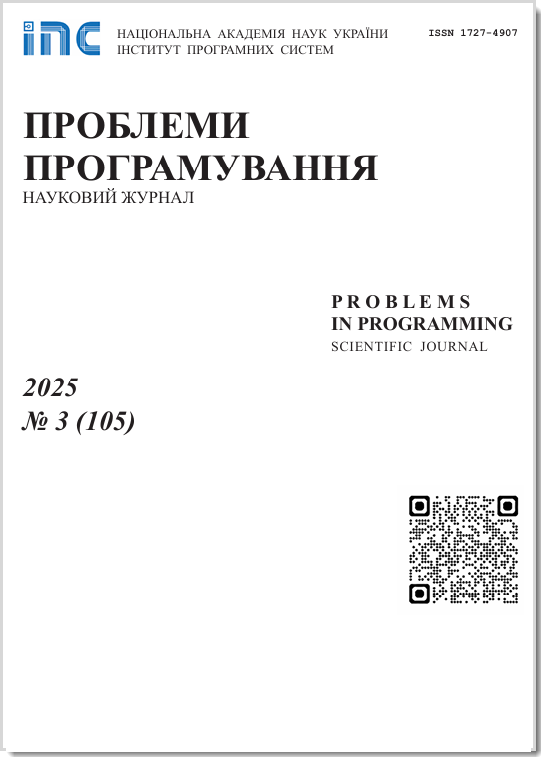Processor group determination for the effective processor capacity usage
Abstract
The optimization of resource utilization in cloud systems is a critical endeavor given the widespread adoption of cloud technology and its user-friendly nature. Cloud system developers are continuously innovating to deliver fast application performance, leveraging advancements such as serverless architectures and proprietary databases. The introduction of Docker and Kubernetes has further facilitated performance testing in the cloud, resulting in a significant uptick in cloud usage. Considering the substantial investments made in cloud technology, it is imperative to explore strategies for optimizing resource allocation and utilization This article delves into the essential metrics of computer performance that can be both measured and influenced. These metrics include channel capacity, latency assessment, memory types (operational and non-volatile), processing power, and core count. Understanding and effectively managing these metrics are crucial for maximizing the efficiency of cloud systems. The proposed algorithm outlined in the article aims to identify complementary instances of microservices that can efficiently share server resources. Initially, microservices are categorized into instances with similar capacity levels, forming equivalence classes based on their resource usage patterns. Within these classes, instances are further sorted based on their resource utilization amplitudes. The goal is to pair instances with significant differences in resource utilization with others exhibiting similar amplitudes to optimize resource allocation. Additionally, instances with lower resource utilization may also be combined to maximize resource efficiency. The algorithm iteratively searches for compatible microservice combinations within these equivalence classes until suitable matches are found. Throughout the process, statistics of attempted combinations are maintained to inform future optimization strategies.
Prombles in programming 2024; 2-3: 215-222
Keywords
Full Text:
PDF (Українська)References
"A review of in-memory computing for machine learning: architectures, options", Int. J. Web Inf. Syst., Dec. 2023.
Z. Li, D. Seco, and A. Sánchez Rodríguez, "Microservice-Oriented Platform for Internet of Big Data Analytics: A Proof of Concept", Sensors, vol. 19, no. 5, p. 1134, Mar. 2019. CrossRef
"What is Latency: The Hitchhiker's Guide", Obkio.
O. Dmytrenko and M. Skulysh, "Fault Tolerance Redundancy Methods for IoT Devices", Infocommunication Comput. Technol., vol. 2(04), no. University "Ukraine", pp. 59-65, Dec. 2022.
O. Dmytrenko and M. Skulysh, "Handling with a Microservice Failure and Adopting Retries", presented at the Pan-Ukrainian science practical conference of students, postgraduates and young scientists "Theoretical and Applied Problems of Physics, Mathematics and Informatics", Kyiv, Ukraine, Jun. 2022, pp. 194-196.
"What Is Packet Loss: The Invisible Enemy of Networks", Obkio.
H. Zhang, W. Yang, H. Ji, X. Li, V. C. M. Leung, and L. Yang, "Delay Aware Resource Allocation for Device-to-Device Communication Underlaying Cellular Networks", in Wireless Internet, M. Huang, Y. Zhang, W. Jing, and A. Mehmood, Eds., Cham: Springer International Publishing, 2018, pp. 207-217. CrossRef
O. Dmytrenko and M. Skulysh, "Method of Grouping Complementary Microservices Using Fuzzy Lattice Theory", vol. 12, no. 1, pp. 11–18.
DOI: https://doi.org/10.15407/pp2024.02-03.215
Refbacks
- There are currently no refbacks.









